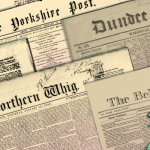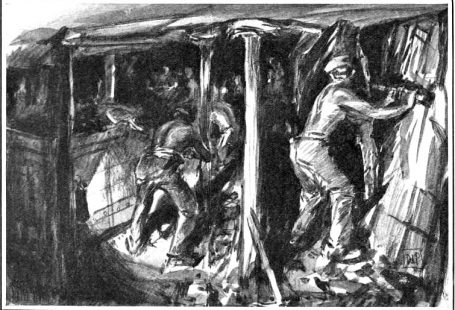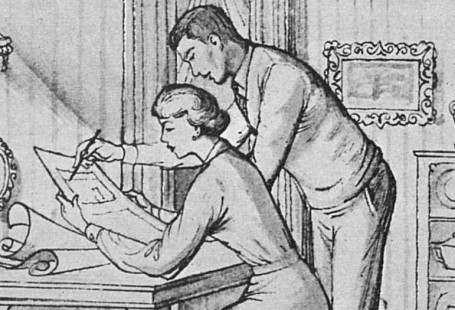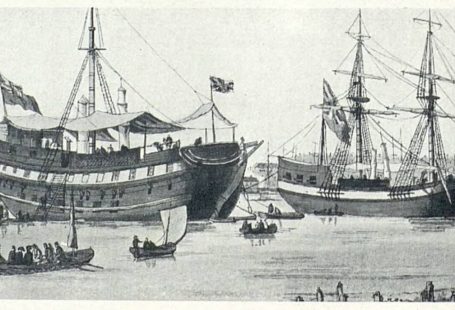In war, food becomes a major concern. Supplying the army and home-front with enough food is a huge logistical undertaking. With a large army abroad in hostile territory, and the home-front far from self-sufficient, ensuring that they are kept fed and healthy becomes a primary concern for government and a national obsession. As part of our focus on all things Military & Wartime during November, we have searched the newspapers to discover more about the history of food in wartime.
An army marches on its stomach!
An army needs portable food that can withstand months of storage, and being bashed about while transported. Cured meats, hard cheeses, and bread in the form of ‘biscuits’ were the foods of choice for much of the history of warfare. The Army Service Corps also packed and distributed rations of sugar, tea, jam, and salt.
Biscuits
Army biscuits made of wheat flour and water, and very little else, were dense, hard cracker-like food. The lack of fat in the recipe was supposed to prevent the biscuits going off. As we can see from the article below (on the left) this was not always the case. But the main feature of these biscuits, aside from their teeth-breaking properties, was their regular infestation by weevils, and in some climates, moth larvae. It seems from a 1915 article (on the right) that the weevils could be welcomed as a source of protein, but moth larvae made the biscuits slimy and inedible.


Search Tip! When searching in early newspapers use the word “victuals” instead of rations.
Beef
In the seventeenth century, an army could be followed by a long train of ‘camp followers’ and beef on the hoof. As the military became more organised, the services of camp followed: laundry, tailoring, and selling food to the soldiers were taken over by the army itself. Dried, salted, and eventually tinned corned beef, or bully beef as it was known, became a staple of army rations.
During the war, families at home were encouraged to supplement rations by sending food parcels to the troops. These advertisements had to strike a balance between encouraging the sending of food parcels, and ensuring no-one thought that their loved one was starving. The advertisements often focused on the ‘blandness’ of the food.

Bully Beef became so iconic that a tin from Gallipoli was offered to a Brisbane museum during the 1930s and another found its way to a Christmas feast in Plymouth in 1934, and was found to be quite edible!


Search Tip! During the First World War the British Army was regularly referred to as the “British Expeditionary Force”

Home Front Rations
In Britain, rationing was one of the great logistical triumphs of World War 2. From determining a diet that would ensure the good health of the population, and the shipping and stockpiling of foods to ensure fair distribution among millions of people, the system, while not without its flaws and frustrations, was a resounding success.
Many lessons had been learned from the First World War. During that war, mandatory rationing was not introduced until January 1918. Up until that point, local authorities had encouraged voluntary rationing. Voluntary rationing was felt to be more democratic. Obligatory rationing had overtones of despotism. However, despite good intentions, this did not solve the looming crisis and, despite reservations, sugar, butter, meat, cheese, and margarine were all rationed in 1918.


Wartime Recipes
Rationing ensured that everyone had access to basic foodstuffs. But the diet was undoubtedly less varied than some were used to. During both world wars, newspapers regularly featured readers’ recipes and held competitions to discover the best ‘ration recipes’.
New advice columns such as Warfare in the Kitchen by Aunt Kate offered hints and tips on how to make the most of rations. Readers encouraged one another to find creative ways of using staple foodstuffs to make the ration last longer. Potatoes and barley were used as wheat flour substitutes, and everyone was keen to find a way to keep cake on the menu! (Read the recipes by clicking on the images to view them larger.)


Discover more about wartime food, register today and explore the archive.
Register now and explore the Archive








1 comments On Food in Wartime
Great webpage to hack whatsApp account online completely free of cost.